'Holistic' forestry boosting rare lichens at woodland in north east Scotland
But what is carpeting the woods at Culbin, on the shores of the Moray Firth, is in fact lichen – and it is a good sign for the local environment.
Lichens - a cross between fungi and algae – come in all shapes, sizes and colours.
Advertisement
Hide AdAdvertisement
Hide AdThere are bushy ones and crusty ones and they grow in all sorts of places – on the ground, on stones on the shore, in cracks in walls and on trees.
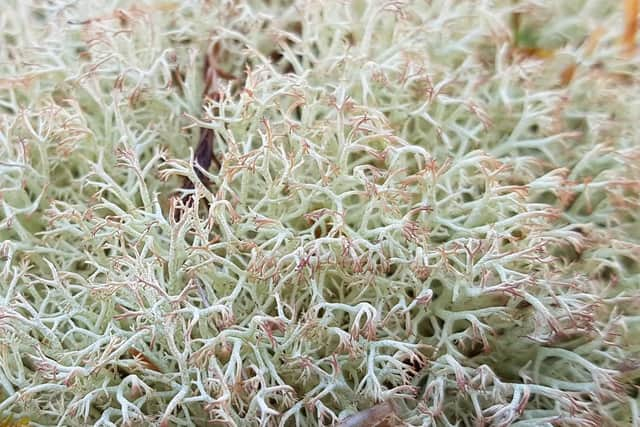

Some smell like fish, while others are so aromatic they are used to make perfume.
Harris Tweed’s characteristic orange hue was traditionally produced using a dye extracted from rock-dwelling lichens.
They perform an important role in ecosystems, benefitting other wildlife, improving biodiversity and helping to tackle climate change.
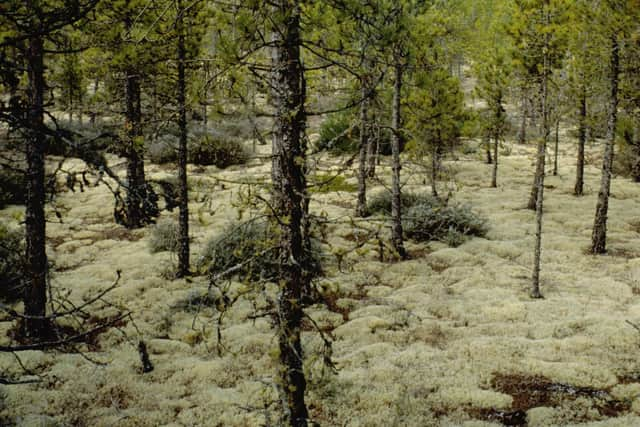

But many are ultra-delicate and need very particular conditions to survive, with the right balance of soil type, light levels, disturbance and atmospheric conditions.
Their presence can signify the purity of the surrounding air, as lots cannot grow in polluted areas.
Culbin, a coastal woodland not far from the spectacular sandy beaches at Findhorn, is a site of special scientific interest – home to an impressive 450 species of lichens and fungi, many of them rare – while the surrounding habitats boast various international designations for nature.
It is also a productive timber forest, owned by Forestry and Land Scotland (FLS).
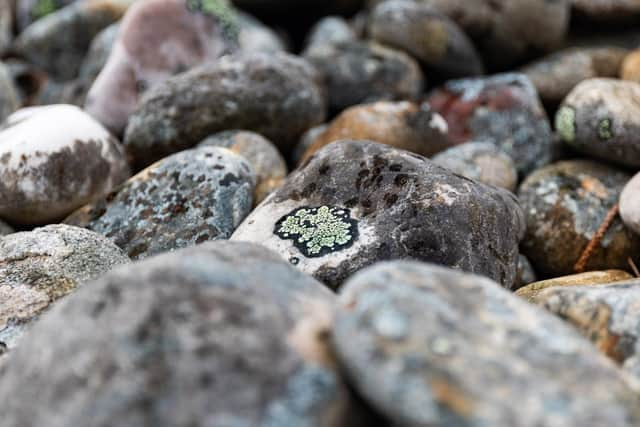

Advertisement
Hide AdAdvertisement
Hide AdThe agency has been working hard to improve the woodland site, balancing the needs of species such as the lichens with those of people visiting the area and commercial forestry operations.
There is still more work to be done, according Gary Brown, an environmental forester with FLS, but the burgeoning lichen community shows efforts are paying off.
“Culbin is pretty special, although not yet in its optimum condition,” he said.
“But targeted management techniques undertaken in the forest have improved the habitat, bringing its status up from unfavourable in 2009 to improving.
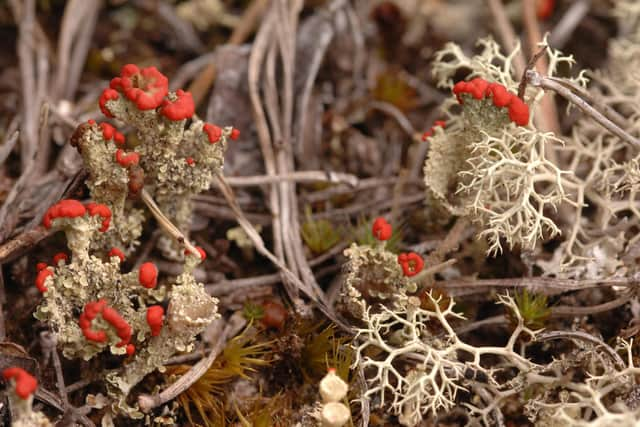

“Big clearings have been created in the woodland, partly for forestry but also to let light in and help the lichens reproduce.”
Lichens are slow-growing and can take many years to establish in new locations.
This is fine for species that live in remote places, but can pose difficulties for those that share their space with people.
The management plan at Culbin puts biodiversity, habitats and access for the public at the top of the list of priorities, with timber production a secondary factor.
Advertisement
Hide AdAdvertisement
Hide AdFLS has been managing the habitat to create a balance between tree cover and light reaching the protected shingle areas where rare Cladonia lichens thrive.
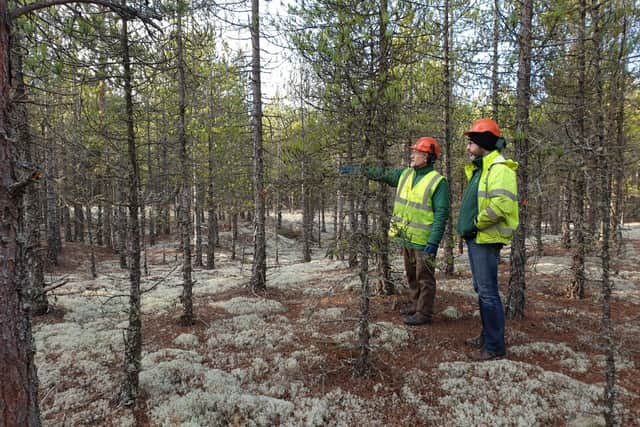

Brown says foresters at the site are using a “holistic approach”.
“This habitat at Culbin is probably quite rare,” he said.
“What’s being done here is a great example of how a productive forest can also be environmentally diverse.”
Trees blown down during the recent storms are also being utilised to help boost biodiversity in the woodland.
“Storms can damage lichens,” Brown said.
“But nature will repair itself, significantly better than humans can do it.
“Trees felled through natural wind-blow can benefit plants and animals.”
A message from the Editor:
Thank you for reading this article. We’re more reliant on your support than ever as the shift in consumer habits brought about by coronavirus impacts our advertisers.
If you haven’t already, please consider supporting our trusted, fact-checked journalism by taking out a digital subscription.
Comments
Want to join the conversation? Please or to comment on this article.
